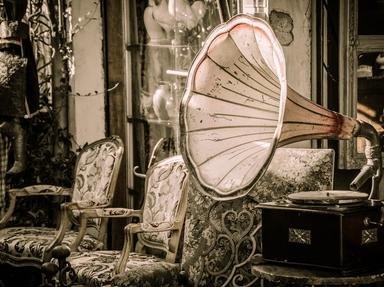Quiz Answer Key and Fun Facts
1. By 1860, what styles of shorts or knee breeches or any shorter-than-ankle-length trousers were acceptable for adult men?
2. So, the most important thing -- what kept 19th century trousers from falling down?
3. What about belt loops and suspender buttons -- how often were they found on 1860s trousers?
4. Back pockets, side pockets, a watch pocket -- what were typical on 1860s trousers?
5. Trouser legs had been making a definite transition since the 1840s, along with coat sleeves too, from tight to loose, or was it loose to tight? Which way round was it?
6. How did 1860s trousers fasten in front -- a fly, a fall front, side opening, something else?
7. What sort of lining was typical for 1860s men's trousers?
8. We might as well talk about it: what sort of underwear was worn by men in the 1860s and how did it go with their trousers?
9. There were many possible fabrics for trousers in the 1860s, but what was the meaning behind jeans or broadcloth or other choices?
10. Men weren't the only ones wearing trousers in the 1860s. Women could get away with wearing them on a few occasions. What were those occasions?
Source: Author
littlepup
This quiz was reviewed by FunTrivia editor
bloomsby before going online.
Any errors found in FunTrivia content are routinely corrected through our feedback system.

